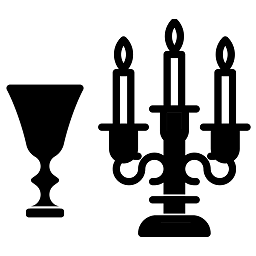The Requiem is used to create a solemn setting for the Roman Catholic Mass for the dead. The mood of this music is meant to represent the solemnity or dignity of the occasion. Many composers have used this type of setting with the first known being Johannes Ockeghem in the latter 15th century in which he utilizes the male chorus.
In the 19th century the requiem took on a more dramatic style with a much larger orchestral and vocal presence, often presented in a non-religious context. As the 1800s progressed, composer Berlios took the requiem to new levels around 1837. In 1874 Guiseppe Verdi advanced the musical form even further. His renowned requiem, a European favorite of audiences and the church, consisted of a chorus, a soloist, and the orchestra. Gabriel Faure' too was not to be outdone so wrote his similarly casted requiem 13 years later in the serene and melodic manner for which he had come to be known.
Classical Requiem
'Requiem in D Minor'
Composed by Wolfgang Amadeus Mozart 1791
Romantic Requiem
'Requiem Op 48'
Composed by Gabriel Faure' 1887
1470
1789
1791
1837
1837
1868
1871
1874
1887
1961
Hector Berlios


